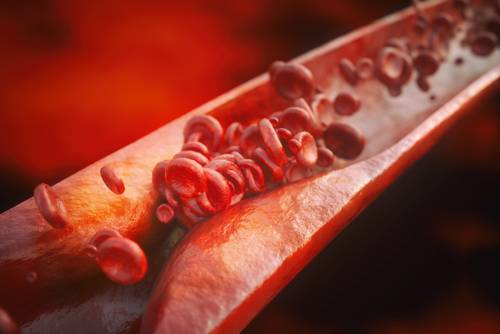Blood levels of chemokines CXCL8 and CXCL10 — two signalling molecules— may help predict risk for juvenile idiopathic arthritis and rheumatoid arthritis, according to a study in a group of Iraqi patients.
The study, “Predictive significance of CXCL8, CXCL10 and CXCL16 in juvenile idiopathic and rheumatoid arthritis Iraqi patients,” was published in the journal The Egyptian Rheumatologist.
Chemokines are signalling molecules that control the movement of immune cells as part of the body’s immune surveillance. It has been suggested that certain chemokines, including CXCL8, CXCL10, and CXCL16, are involved in the disease mechanisms of both juvenile idiopathic arthritis (JIA) and rheumatoid arthritis (RA). The three are considered potential therapeutic targets.
To learn more, researchers at the University of Baghdad, in Iraq, aimed to further study the involvement of these three chemokines in both diseases.
The study enrolled 156 arthritis patients — 79 children with JIA (37 boys and 42 girls) and 77 adults with RA (23 men and 54 women) — along with 73 healthy children as controls for JIA, and 79 healthy adults as controls for RA.
Researchers collected blood samples to measure the levels of the different chemokines.
The results showed that both the children with JIA, and the adults with RA, had significantly higher levels of CXCL8 and CXCL10 compared with their respective controls.
Among the children, the levels of CXCL8 were 24 pg/ml in those with JIA, compared with 18 pg/ml in the controls. Meanwhile, the CXCL10 levels were 38.5 pg/ml in the children with JIA as compared with 17.1 pg/ml in the controls.
In the adults, the CXCL8 levels were 37 pg/ml in those with RA, compared with 15 pg/ml in the controls. The levels of CXCL10 in those with RA were 41.5 pg/ml versus 13.2 pg/ml in the controls.
Statistical analysis showed that CXCL8 and CXCL10 were significant risk factors for these diseases.
Moreover, both CXCL8 and CXCL10 levels appeared to be significant predictors of JIA and RA, with the sensitivity and selectivity being greater for CXCL10. The predictive power of CXCL10 was set at a cut-off value of 29.2 pg/ml for JIA (sensitivity of 91.1% and a specificity of 91.8%), and of 20.1 pg/ml for RA (sensitivity of 100% and a specificity of 96.2%).
For CXCL8, the predictive power for JIA was set at a cut-off value of 18.6 pg/ml, with a corresponding sensitivity of 74.7% and a specificity of 72.6%. For RA, a cut-off of 21.2 pg/ml for CXCL8 gave a sensitivity of 93.5% and a specificity of 79.7%.
This means that blood levels of CXCL8 and CXCL10 above these cut-off numbers are likely to reflect the presence of JIA and RA.
In contrast, the levels of CXCL16 were not significantly different between patients with arthritis and the control group. This result was surprising given that CXCL16 had been previously suggested to have a role in the underlying disease mechanisms of both forms of arthritis.
“CXCL8 and CXCL10 are potential predictors of JIA and RA,” the researchers said, adding that “CXCL10 is a more significant predictor.”

